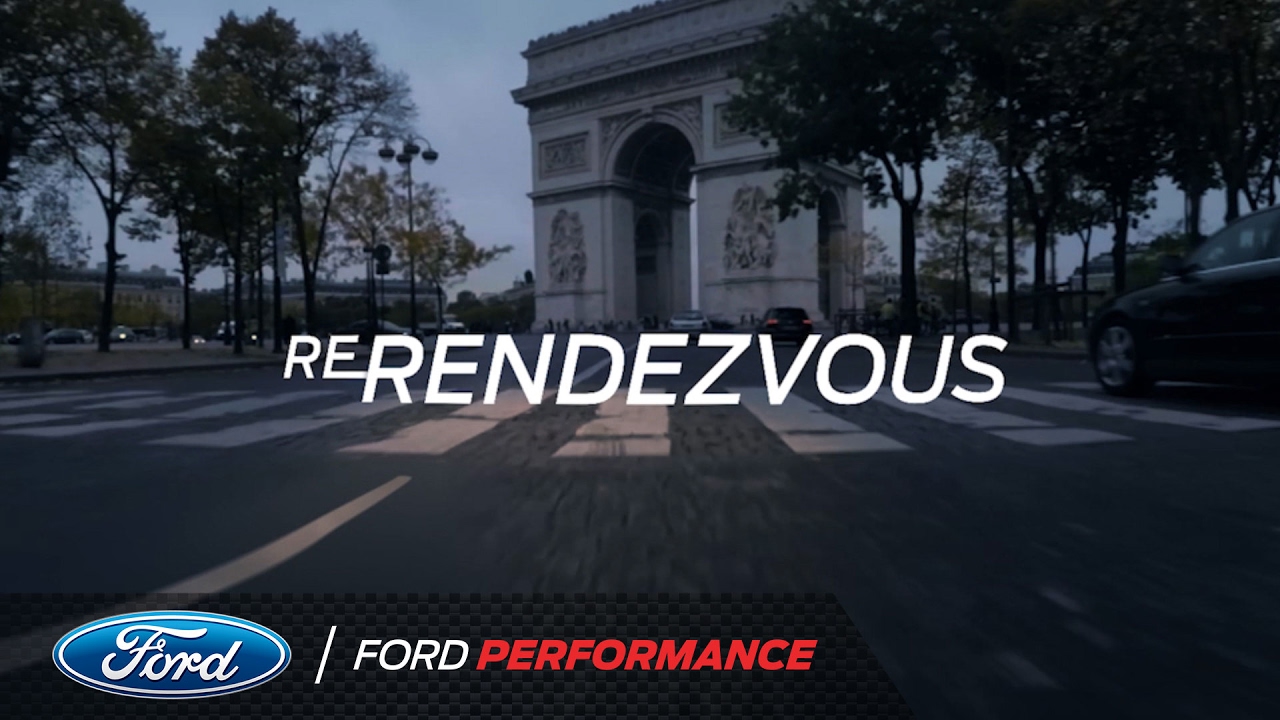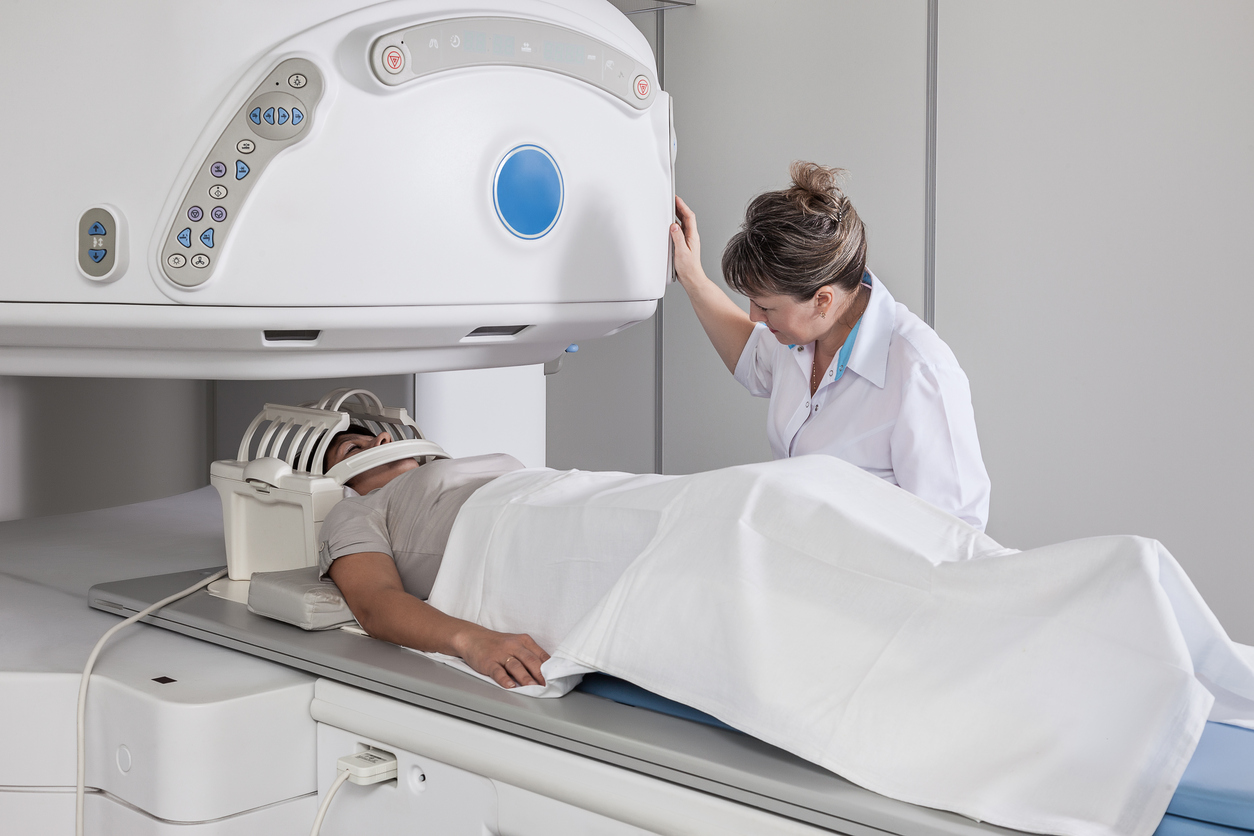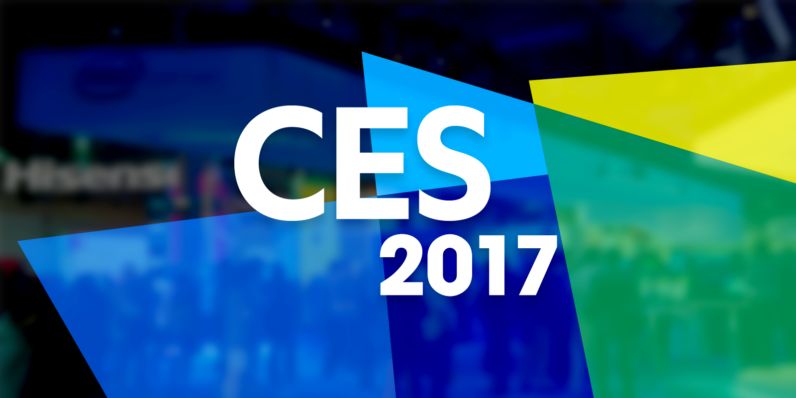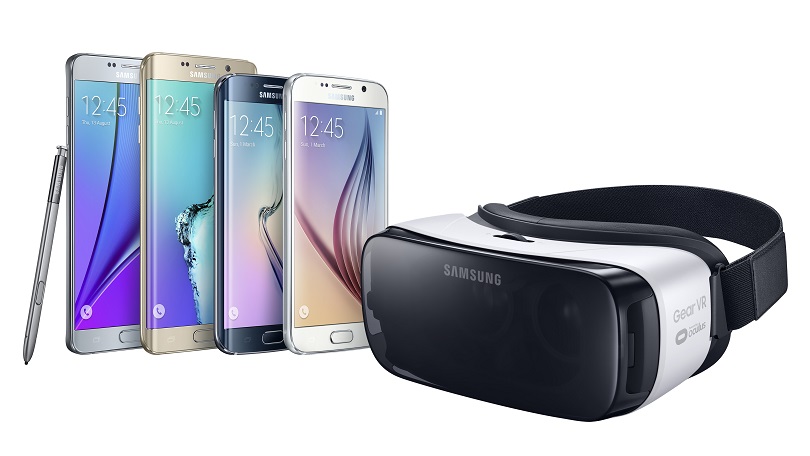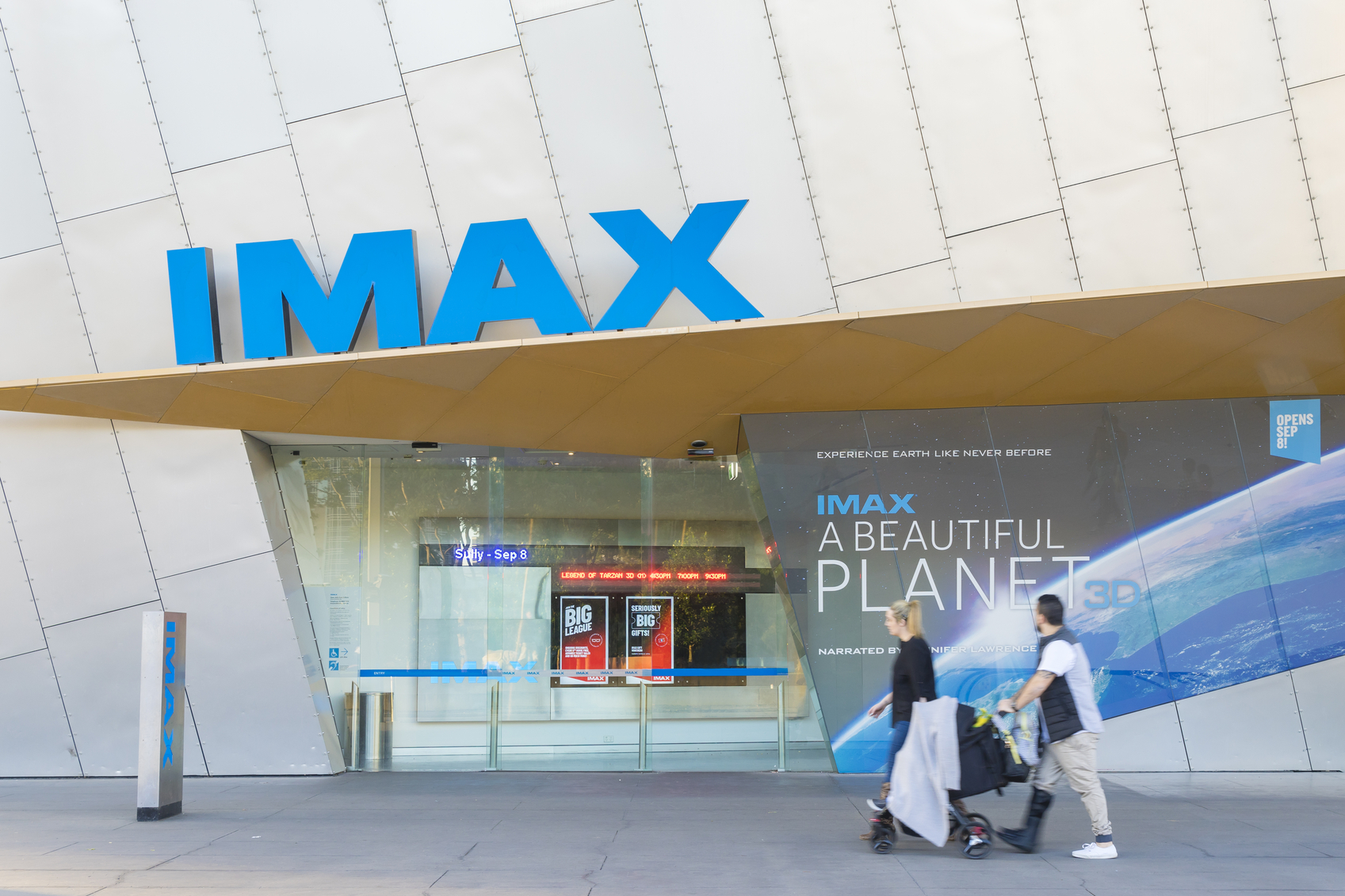What Happened
Google is coming out with more VR content initiatives as it continues to build out its content offering on its Daydream VR platform. Last week, the company announced it is working the NBA to launch a virtual reality app for Daydream. The main content that this new VR app serves will be an original talk show series called House of Legends featuring former NBA players. Additionally, Google also debuted its first episode of its VR series created in-house. Dubbed Google Immerse VR, the series set to leverage the empathizing power of virtual reality to explore the nuances of race, diversity, and identity.
What Brands Need To Do
As Google continues to build out Daydream’s content library to attract VR content creators and consumers to its VR platform, brands can also leverage this initiative to make their VR content stand out on Daydream VR. A month ago, Google opened up Daydream to allow all developers to create and publish Daydream VR apps via the Play Store, giving brands a way in to get on the platform. Early-adopting brands, such as Marriott and Mountain Dew, have been leveraging VR and 360-degree content to offer customers a powerfully immersive experience, and more brands can benefit from exploring this emerging medium to keep consumers engaged and entertained.
How We Can Help
Our dedicated team of VR experts is here to guide marketers through the distribution landscape. We work closely with brands to develop sustainable VR content strategies to promote branded VR and 360 video content across various apps and platforms. With our proprietary technology stack powered by a combination of best-in-class VR partners and backed by the media fire-power of IPG Mediabrands, we offer customized solutions for distributing and measuring branded VR content that truly enhance brand messaging and contribute to the campaign objectives.
If you’d like to learn more about how the Lab can help you tap into the immersive power of VR content to engage with customers, please contact our Client Services Director Samantha Holland ([email protected]) to schedule a visit to the Lab.

